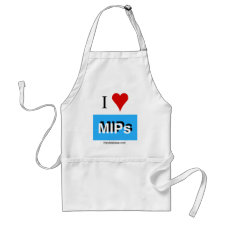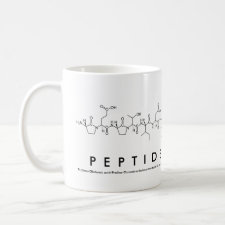
Authors: Singh LK, Singh M, Singh M
Article Title: Biopolymeric receptor for peptide recognition by molecular imprinting approach-Synthesis, characterization and application.
Publication date: 2014
Journal: Materials Science and Engineering: C
Volume: 45
Page numbers: 383-394.
DOI: 10.1016/j.msec.2014.08.073
Alternative URL: http://www.sciencedirect.com/science/article/pii/S0928493114005724
Abstract: The present work is focused on the development of a biocompatible zwitterionic hydrogel for various applications in analytical chemistry. Biopolymer chitosan was derivatized to obtain a series of zwitterionic hydrogel samples. Free amino groups hanging on the biopolymeric chain were reacted with γ-butyrolactone to quaternize the N-centers of polymeric chain. N,N-methylene-bis-acrylamide acts as a crosslinker via Michael-type addition in the subsequent step and facilitated gelation of betainized chitosan. These biopolymeric hydrogel samples were fully characterized by FTIR, 1H NMR, 13C NMR spectra, SEM and XRD. Hydrogels were further characterized for their swelling behavior at varying parameters. The extent of swelling was perceived to be dictated by solvent composition such as pH, ionic strength and temperature. This valuable polymeric format is herein chosen to design an artificial receptor for dipeptide 'carnosine', which has adequate societal significance to be analytically determined, by molecular imprinting. Electrostatic interactions along with complementary H-bonding and other hydrophobic interactions inducing additional synergetic effect between the template (carnosine) and the imprinted polymer led to the formation of imprinted sites. The MIP was able to selectively and specifically take up carnosine from aqueous solution quantitatively. Thus prepared MIPs were characterized by FTIR spectroscopy, SEM providing evidence for the quality and quantity of imprinted gels. The binding studies showed that the MIP illustrated good recognition for carnosine as compared to non-imprinted polymers (NIPs). Detection limit was estimated as 3.3 μg mL-1. Meanwhile, selectivity experiments demonstrated that imprinted gel had a high affinity to carnosine in the presence of close structural analogues (interferrants)
Template and target information: peptide, carnosine
Author keywords: chitosan, hydrogel, Zwitterionic, Swelling, molecular imprinting, Dipeptide



Join the Society for Molecular Imprinting

New items RSS feed
Sign-up for e-mail updates:
Choose between receiving an occasional newsletter or more frequent e-mail alerts.
Click here to go to the sign-up page.
Is your name elemental or peptidic? Enter your name and find out by clicking either of the buttons below!
Other products you may like:
 MIPdatabase
MIPdatabase









